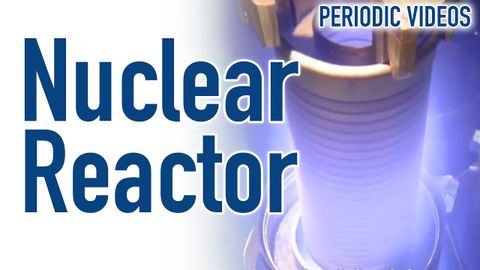原子炉の中 (Inside a Nuclear Reactor)
林宜悉 が 2021 年 01 月 14 日 に投稿  この条件に一致する単語はありません
この条件に一致する単語はありませんUS /ˈɛpɪˌsod/
・
UK /'epɪsəʊd/
US /ɪˈvɛntʃuəli/
・
UK /ɪˈventʃuəli/
US /ɪˈnɔrməs/
・
UK /iˈnɔ:məs/
US /məˈtɪriəl/
・
UK /məˈtɪəriəl/
- n. (c./u.)衣料;原材料;原料
- adj.関連な,重要な;世俗的な : 物質的な : 物質でできた
エネルギーを使用
すべての単語を解除
発音・解説・フィルター機能を解除

